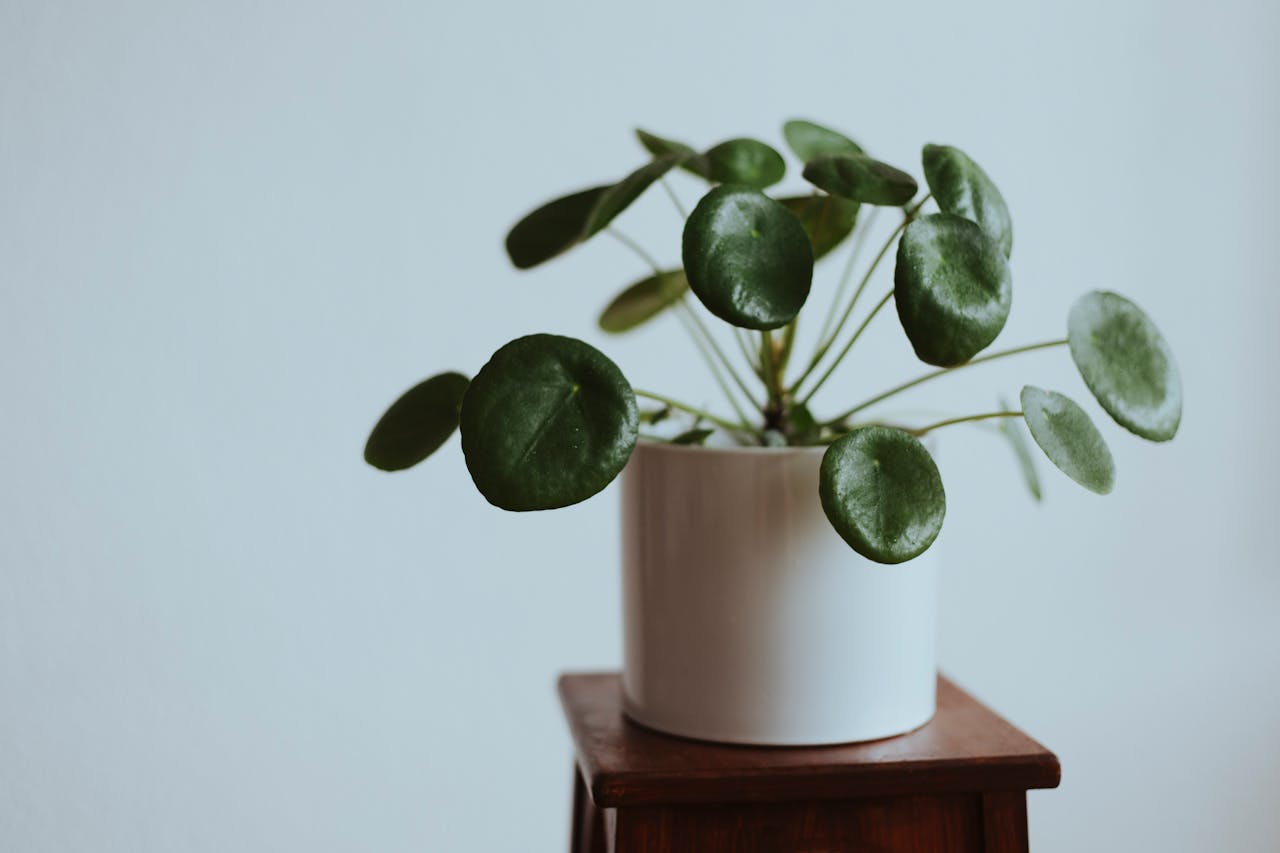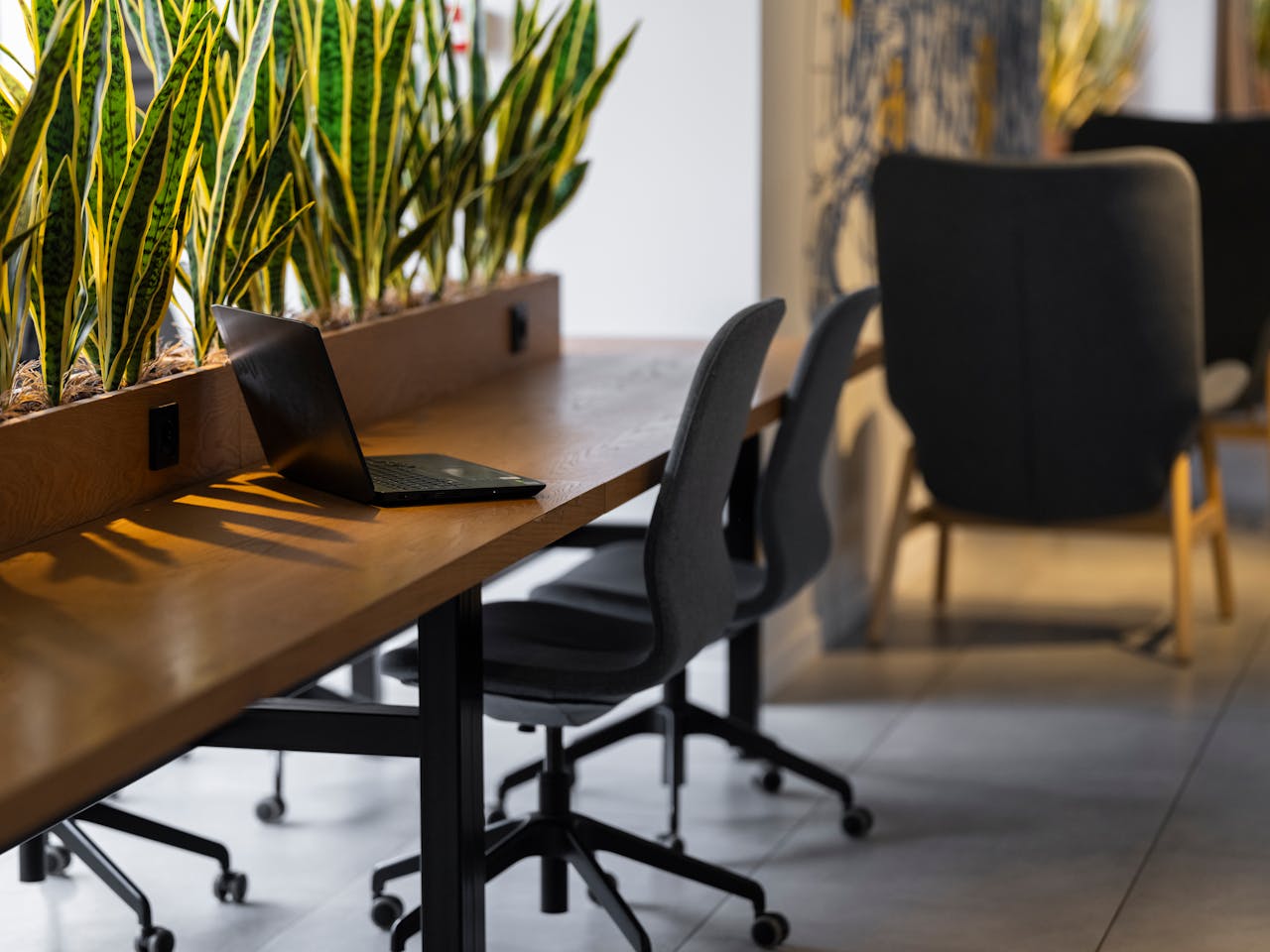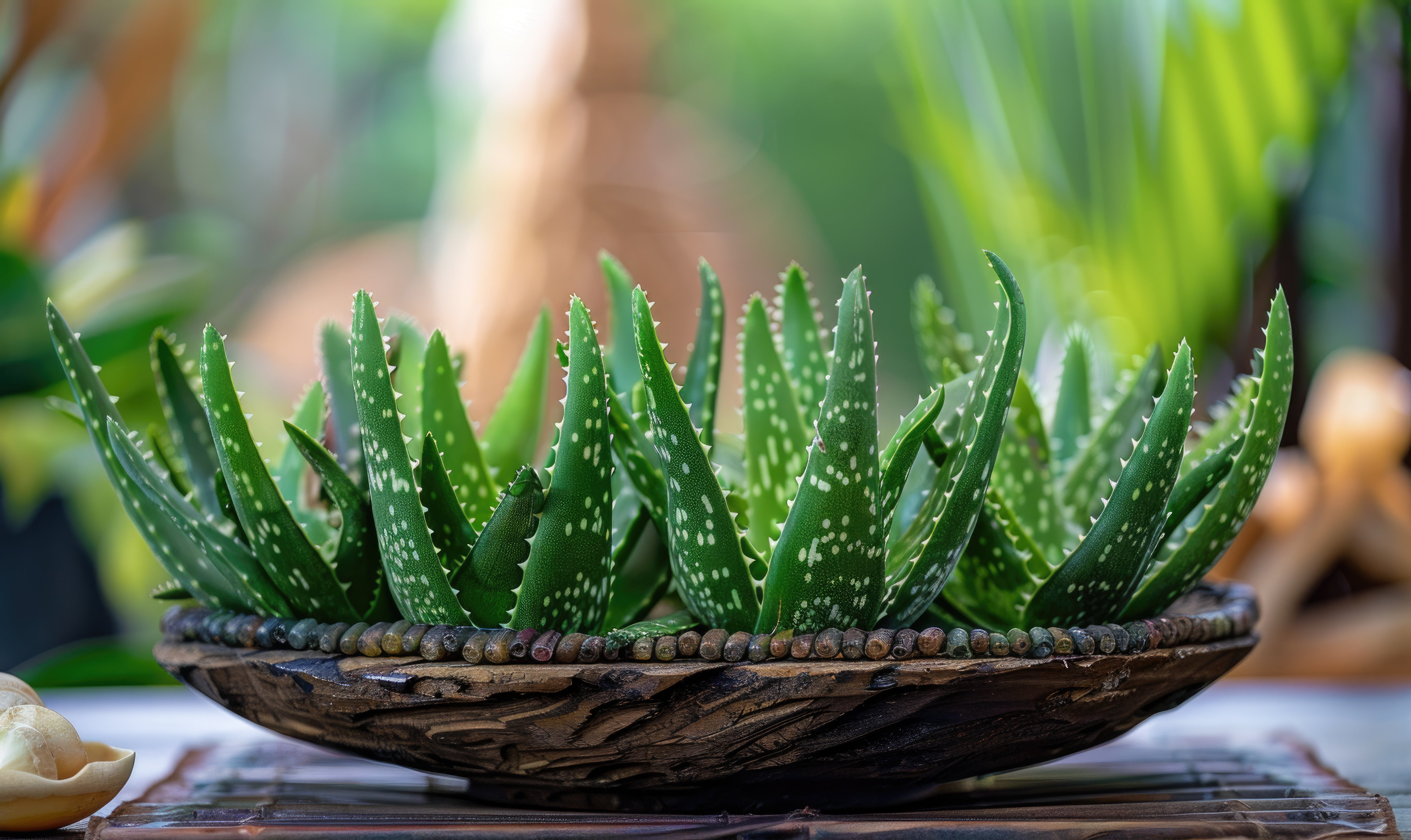In today’s urban lifestyle, many individuals find themselves living in apartments or working in compact office spaces. Maximizing the use of limited space while maintaining a stylish and healthy environment can be challenging. One effective solution is incorporating money plants into these small spaces. Not only do money plants add a touch of greenery, but they also offer numerous benefits that enhance both aesthetics and air quality. Here are some expert tips on how to seamlessly integrate money plants into apartments and offices.
Benefits of Money Plants in Small Spaces

Money plants, scientifically known as Pachira aquatica, are popular choices for indoor gardening due to their resilience and attractive appearance. Here are some key benefits:
- Air Purification: Money plants help filter out toxins like formaldehyde and benzene from the air, creating a healthier living and working environment.
- Aesthetic Appeal: With their lush, green foliage and braided trunks, money plants add a vibrant and natural touch to any space.
- Low Maintenance: These plants are easy to care for, making them ideal for busy individuals who may not have a green thumb.
- Positive Energy: In Feng Shui, money plants are believed to bring prosperity and positive energy to their surroundings.
Tips for Incorporating Money Plants into Apartments and Offices

1. Choose the Right Varieties
While the classic money plant is a great choice, there are several varieties to consider based on your space and lighting conditions:
- Classic Money Plant (Pachira aquatica): Features a braided trunk and broad green leaves, perfect for adding a tropical feel.
- Golden Pothos (Epipremnum aureum): Known for its variegated leaves and trailing vines, ideal for shelves and hanging planters.
- Spider Plant (Chlorophytum comosum): Hardy and easy to care for, suitable for beginners and low-light areas.
2. Utilize Vertical Space
In small apartments and offices, floor space is often limited. Utilizing vertical space can help you maximize your plant display without cluttering the area:
- Wall-Mounted Planters: Install shelves or wall hooks to hang planters, allowing plants to trail down the walls.
- Hanging Baskets: Suspend baskets from ceilings or sturdy hooks to keep your money plants off surfaces while adding a dynamic visual element.
- Vertical Gardens: Create a living wall by arranging multiple plants in a vertical planter, making a striking statement in any room.
3. Multi-Purpose Planters
Opt for planters that serve multiple functions to save space and add to the decor:
- Plant Stands: Choose stands with multiple tiers to display several plants vertically.
- Terrariums: Incorporate small money plants into glass terrariums, which can act as both a decorative piece and a contained plant ecosystem.
- Integrated Furniture: Select furniture pieces like tables or desks with built-in planters, seamlessly blending greenery into your everyday surroundings.
4. Strategic Placement
Placement is crucial for the health and visibility of your money plants. Here are some strategic ideas:
- Near Windows: Place money plants near windows to ensure they receive adequate natural light, which is essential for their growth.
- Office Desks: Position small money plants on desks to create a calming and productive workspace.
- Living Areas: Use larger money plants as focal points in living rooms or entryways, adding a touch of nature to high-traffic areas.
5. Minimalist Arrangements
In small spaces, less is often more. Embrace minimalist arrangements to keep your space uncluttered:
- Single Statement Plant: Choose one large money plant to serve as a statement piece rather than crowding the area with multiple plants.
- Simple Planters: Use clean, simple planters in neutral colors to maintain a sleek and modern look.
- Balanced Layouts: Arrange plants in a balanced manner, ensuring they complement the overall decor without overwhelming the space.
6. Combine with Other Plants
Mixing money plants with other compatible indoor plants can create a lush and diverse plant display:
- Succulents and Cacti: Pair money plants with succulents for a variety of textures and shapes.
- Ferns: Combine with ferns to add a softer, feathery contrast to the broad leaves of money plants.
- Herbs: Incorporate small herb plants like basil or mint alongside money plants for a functional and decorative arrangement.
Maintenance Tips for Small Space Money Plants

To keep your money plants thriving in small spaces, follow these maintenance tips:
- Watering: Water your plants when the top inch of soil feels dry. Avoid overwatering, as it can lead to root rot.
- Lighting: Ensure your plants receive the right amount of light based on their specific needs. Rotate them occasionally to promote even growth.
- Pruning: Trim any dead or yellowing leaves to maintain the plant’s appearance and encourage healthy growth.
- Fertilizing: Feed your money plants with a balanced, water-soluble fertilizer every 4-6 weeks during the growing season.
Conclusion
Incorporating money plants into small spaces like apartments and offices is a practical and stylish way to enhance your environment. With their air-purifying abilities, aesthetic appeal, and low maintenance requirements, money plants are an excellent addition to any indoor setting. By choosing the right varieties, utilizing vertical space, and maintaining a minimalist approach, you can enjoy the beauty and benefits of money plants without compromising on space.













Leave a comment
This site is protected by hCaptcha and the hCaptcha Privacy Policy and Terms of Service apply.